Summer’s warmth is fading, and for colony caretakers managing outdoor cat colonies, fall brings both relief and new challenges. While kitten season winds down, cooler temperatures and changing weather patterns demand thoughtful preparation to keep community cats healthy through autumn and into winter.
Transitioning outdoor cat colonies from summer to fall requires more than just adding extra blankets. Successful fall cat care involves strategic shelter improvements, adjusted feeding schedules, proactive health monitoring, and continued TNVR tips to manage population growth before breeding season resumes in spring.
Whether you’re caring for three cats behind the corner store or managing a colony of twenty in an industrial area, this guide provides practical steps to ensure your feline community stays warm, fed, and healthy through the seasonal transition.
Understanding Fall Challenges for Outdoor Cats
Weather-Related Risks
As temperatures drop, outdoor cat colonies face several environmental challenges that didn’t exist during summer months:
Temperature fluctuations create stress for cats whose metabolisms must adjust to changing conditions. Unlike gradual seasonal transitions, fall often brings sudden temperature drops that can catch both caretakers and cats unprepared.
Increased rainfall means cats need reliable dry shelter more than ever. Wet fur loses its insulating properties, making cats vulnerable to hypothermia even in moderately cool weather.
Shorter daylight hours affect both cat behavior and caretaker visibility during feeding times. Cats may adjust their activity patterns, making health monitoring more challenging.
ALT text for image: Orange tabby cat sitting in autumn leaves near a wooden shelter
Health Considerations
Fall weather patterns can trigger specific health issues in community cats:
- Upper respiratory infections become more common as cats seek warmth in crowded spaces
- Arthritis symptoms may worsen in older cats as barometric pressure changes
- Parasites like fleas remain active until the first hard freeze
- Nutritional needs increase as cats burn more calories maintaining body heat
Shelter Preparation: Creating Safe Havens
Evaluating Existing Shelters
Before cold weather arrives, assess each shelter in your colony area using these criteria:
Structural integrity checks should include:
- Roof condition and waterproofing
- Wall stability and insulation effectiveness
- Floor drainage to prevent water accumulation
- Entrance size (should accommodate cats but minimize heat loss)
Size appropriateness matters more in fall than summer. Shelters should be large enough for cats to stand and turn around, but small enough to retain body heat. The ideal size for one cat is approximately 2 feet by 3 feet with an 18-inch height.
Winterizing Techniques
Insulation upgrades transform summer shelters into winter havens:
Use straw for bedding rather than blankets or towels. Straw provides excellent insulation and stays dry even when moisture is present. Replace straw monthly during fall to maintain cleanliness and effectiveness.
Add windbreaks using plywood, tarps, or natural barriers to reduce cold air exposure. Position barriers to block prevailing winds while maintaining escape routes for cats.
Create entrance baffles by installing an overhang or small tunnel entrance that prevents rain and snow from blowing directly into shelters.
ALT text for image: Insulated cat shelter with straw bedding and entrance baffle
*### DIY Winter Shelter Resources for Cats
Looking to craft the perfect warm hideaway for outdoor kitties this winter? Here are some fantastic resources to guide you:
- Alley Cat Allies – DIY Outdoor Cat Shelter Ideas
Alley Cat Allies offers an excellent array of step-by-step guides for building insulated and weather-proof outdoor shelters using materials like plastic bins and Styrofoam coolers.
Visit their guide here - Kitty Tube on YouTube – How to Make a Winter Cat Shelter. This quick and easy DIY tutorial walks you through constructing a durable winter cat shelter to keep felines safe and cozy during colder months. Watch the video here
- Neighborhood Cats – Build Your Shelter Detailed plans and tips for creating a range of cat shelters, from simple setups to more elaborate designs. Explore the ideas here
- The DoDo – Best DIY Outdoor Cat Shelters You Can MakeA roundup of innovative and creative shelter options with easy-to-follow instructions, perfect for crafty cat advocates. Check out their suggestions here
- YouTube Channel “Homestead Cats” – Winter Shelter HacksA quirky, hands-on channel focused on feline care, featuring affordable and practical shelter-building tips for all experience levels. Watch their channel here
These resources are purr-fect to help you get started on your DIY mission and ensure every outdoor cat has a safe, snug spot to ride out the winter. Happy building!
Multi-Cat Colony Considerations
Large outdoor cat colonies require strategic shelter placement:
Provide multiple options to accommodate different personality types and social hierarchies. Shy cats need isolated shelters, while social cats may share larger spaces.
Strategic positioning involves placing shelters 10-15 feet apart to prevent territorial disputes while maintaining efficient feeding and monitoring routines.
Escape route planning ensures each shelter has at least two exit points, preventing cats from becoming trapped by dominant colony members or potential threats.
Food and Water Management for Cooler Weather
Adjusting Feeding Schedules
Fall cat care requires modifications to summer feeding routines that support cats’ changing energy needs:
Increase portion sizes by 10-15% as cats burn more calories maintaining body heat. Monitor individual cats to ensure thin cats receive adequate nutrition while preventing obesity in less active cats.
Consistent timing becomes more critical as daylight hours decrease. Establish morning and evening feeding times that accommodate both cat behavior and caretaker visibility.
Protected feeding stations prevent food from freezing or becoming waterlogged during fall rain and early frost periods.
Winter Water Solutions
Preventing frozen water requires advance planning:
Heated water bowls designed for outdoor use provide reliable hydration throughout cold months. Solar-powered and electric options accommodate different colony locations and power availability.
Daily water checks ensure cats have access to fresh, unfrozen water. Replace water rather than adding warm water to partially frozen bowls.
Multiple water sources throughout colony areas prevent dominant cats from guarding the primary water supply.
Health Monitoring and Preventive Care
Seasonal Health Checks
Fall represents an ideal time for TNVR tips and health assessments before winter weather makes trapping more challenging:
Visual health assessments should focus on:
- Body condition and weight changes
- Coat quality and signs of skin conditions
- Respiratory symptoms (discharge, coughing, sneezing)
- Mobility issues that may worsen in cold weather
Documentation systems help track individual cat health throughout the colony. Simple photo records can reveal gradual changes that might otherwise go unnoticed.
Managing Seasonal Parasites
Flea prevention remains important until hard freezes eliminate environmental flea populations. Continue topical treatments on cats who allow handling, and monitor for increased scratching behaviors.
Ear mite monitoring becomes more relevant as cats spend more time in close quarters seeking warmth. Watch for head shaking, dark discharge, and scratching around ears.
When to Seek Veterinary Care
Fall health issues requiring immediate attention include:
- Persistent coughing or difficulty breathing
- Sudden weight loss or decreased appetite
- Visible injuries from territorial disputes
- Signs of depression or behavioral changes
- Any cat who stops grooming or appears unkempt
ALT text for image: Colony caretaker observing cats during evening feeding time
Continuing TNVR Efforts in Fall
Strategic Timing for Fall TNVR
While kitten season winds down, fall presents optimal opportunities for TNVR tips implementation:
Cooler weather reduces surgery recovery stress for cats undergoing spay/neuter procedures. Cats recover more comfortably when they’re not dealing with extreme heat.
Reduced pregnancy risk makes fall trapping less likely to separate mothers from dependent kittens. However, always check female cats for signs of late-season pregnancy.
Pre-winter population control prevents spring breeding surges that overwhelm colony resources and caretaker capacity.
Modified Trapping Strategies
Fall trapping requires adjusted approaches:
Weather-dependent scheduling means avoiding trap deployment during storms or temperature extremes that could stress trapped cats.
Extended acclimation periods may be necessary as cats become more cautious about entering unfamiliar spaces during survival-focused fall behavior.
Shelter integration helps newly-altered cats integrate smoothly into colony shelter systems before winter arrives.
Colony Management Through Seasonal Changes
Social Dynamics in Fall
Outdoor cat colonies experience behavioral shifts as cats prepare for winter survival:
Increased competition for warm sleeping spots can trigger territorial disputes. Monitor colony dynamics and separate aggressive cats if necessary.
Bonding behaviors may increase as cats seek warmth through social contact. Document new friendships that might inform shelter placement decisions.
Territory expansion sometimes occurs as cats search for warmer microclimates. Adjust feeding locations to accommodate shifting territorial boundaries.
Record Keeping and Documentation
Successful fall cat care requires systematic tracking:
Individual cat profiles should include photos, health notes, and behavioral observations that help identify changes over time.
Shelter usage logs reveal which cats prefer specific shelters, helping optimize future improvements and additions.
Feeding response tracking identifies cats who may need additional support or medical attention during weather transitions.
Emergency Preparedness for Weather Events
Storm Planning
Fall storms can displace cats and damage colony infrastructure:
Emergency shelter options include temporary structures that can be quickly deployed during severe weather events.
Food and water reserves ensure colony needs continue being met even when regular supply schedules are disrupted.
Post-storm assessment protocols help quickly identify missing cats and damaged shelters requiring immediate attention.
Communication Networks
Establish connections with:
- Other colony caretakers in your area
- Local animal control and rescue organizations
- Veterinary clinics willing to provide emergency care
- Weather monitoring services for advance storm warnings
ALT text for image: Weather-protected feeding station with multiple food bowls under a covered area
Building Community Support
Engaging Volunteers
Fall preparation projects offer excellent opportunities to engage community volunteers:
Shelter building workshops teach practical skills while creating necessary colony infrastructure. Many volunteers enjoy hands-on projects with visible results.
Supply drives for straw, food, and winter supplies build community investment in colony welfare. Partner with local businesses for donation collection points.
Educational outreach helps neighbors understand colony management and reduces complaints about community cats during colder months.
Sustainable Funding
Fall fundraising can address winter supply needs:
- Crowdfunding campaigns highlighting winter preparation needs
- Partnerships with local businesses for ongoing supply donations
- Grant applications focused on animal welfare and community health
Your Complete Fall Preparation Action Plan
Success with outdoor cat colonies requires systematic preparation that addresses shelter, nutrition, health, and community support needs. Start your fall transition early—ideally in late August or early September—to ensure cats have time to adapt to new shelter arrangements and feeding schedules.
Remember that every colony is unique. Urban cats face different challenges than rural cats, and large colonies require different strategies than small groups. Adapt these guidelines to your specific situation while maintaining focus on the core principles of warmth, nutrition, and health monitoring.
The work you do now preparing for fall and winter creates the foundation for a healthy, stable colony that will thrive through spring. Your commitment to consistent care makes the difference between survival and suffering for these resilient community cats.
Ready to get your colony winter-ready? Download our comprehensive “Outdoor Cat Colony Fall Checklist (PDF)” for a printable guide covering all the essentials from this post. This practical resource includes specific supply lists, monthly task calendars, and emergency contact templates to keep your colony management organized through the seasonal transition.
Visit our Cat Care Kits & Downloads for winter supplies and colony management resources, and explore how GiluFunds supports TNVR efforts year-round. Every purchase from our mission-driven collections donates 15% to support colony caretakers like you who make life-saving differences in your communities.
Share this post with other colony caretakers to help more outdoor cats stay safe and warm this fall.

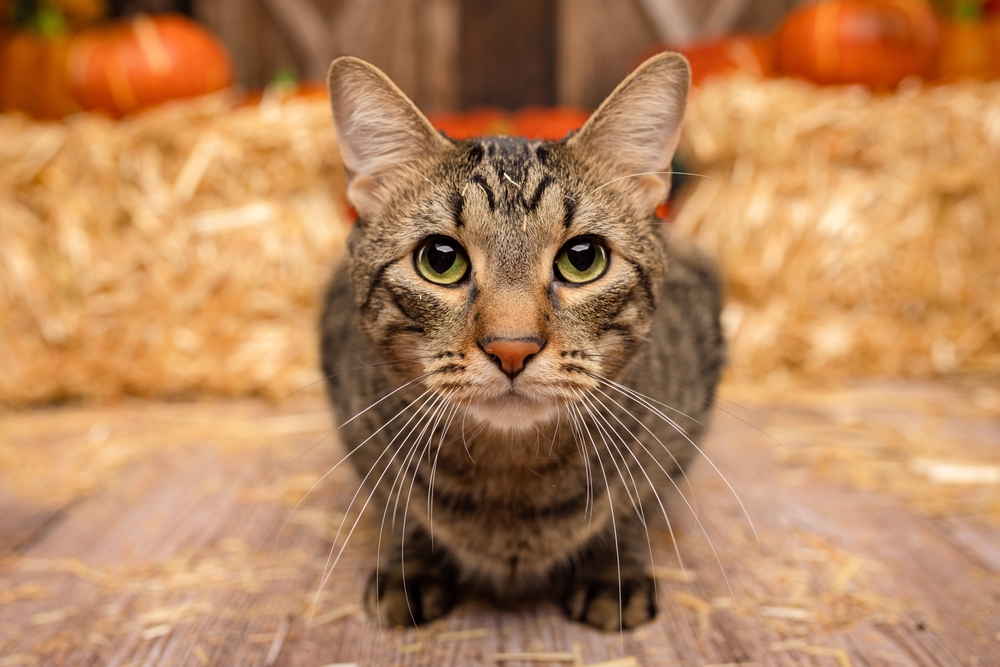
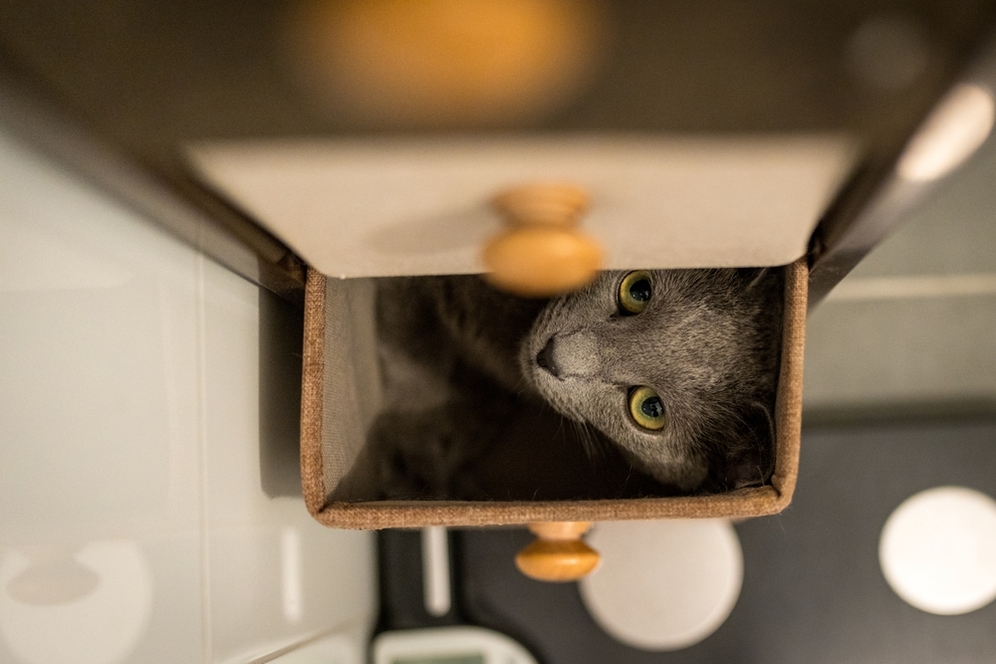
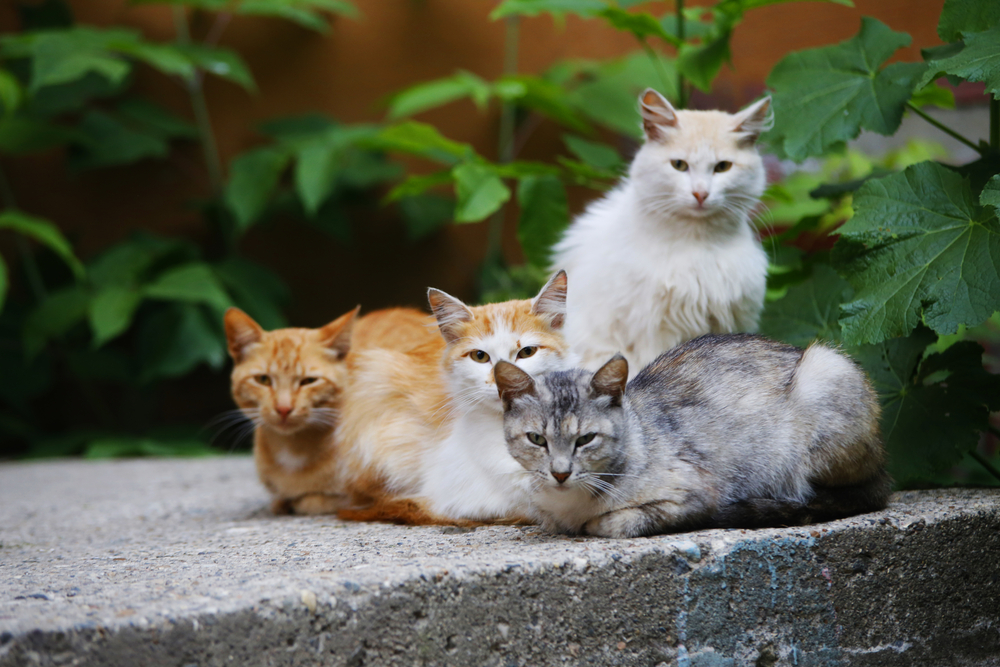
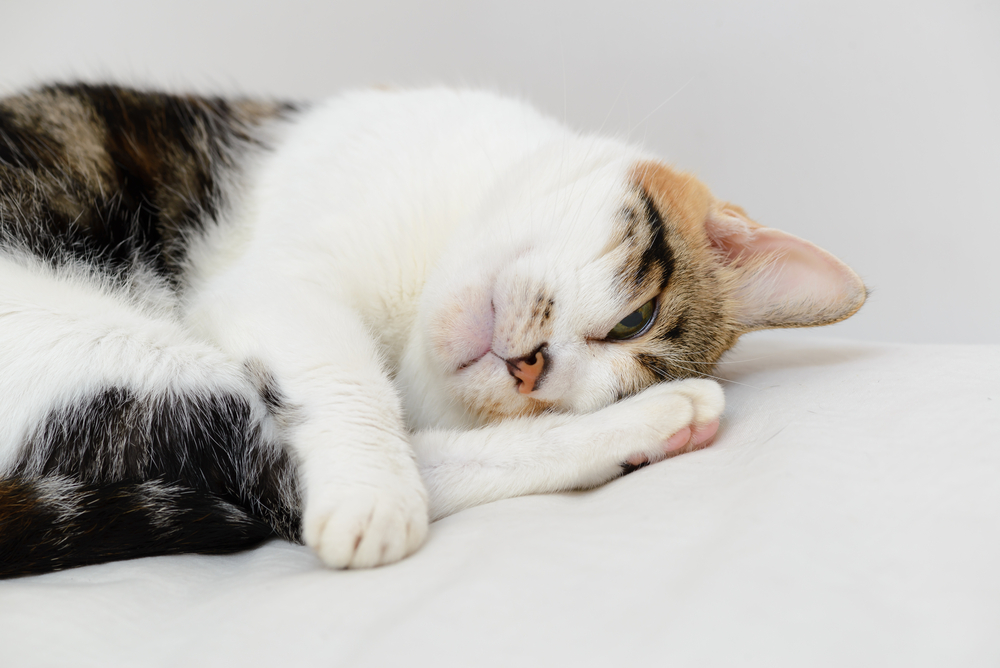
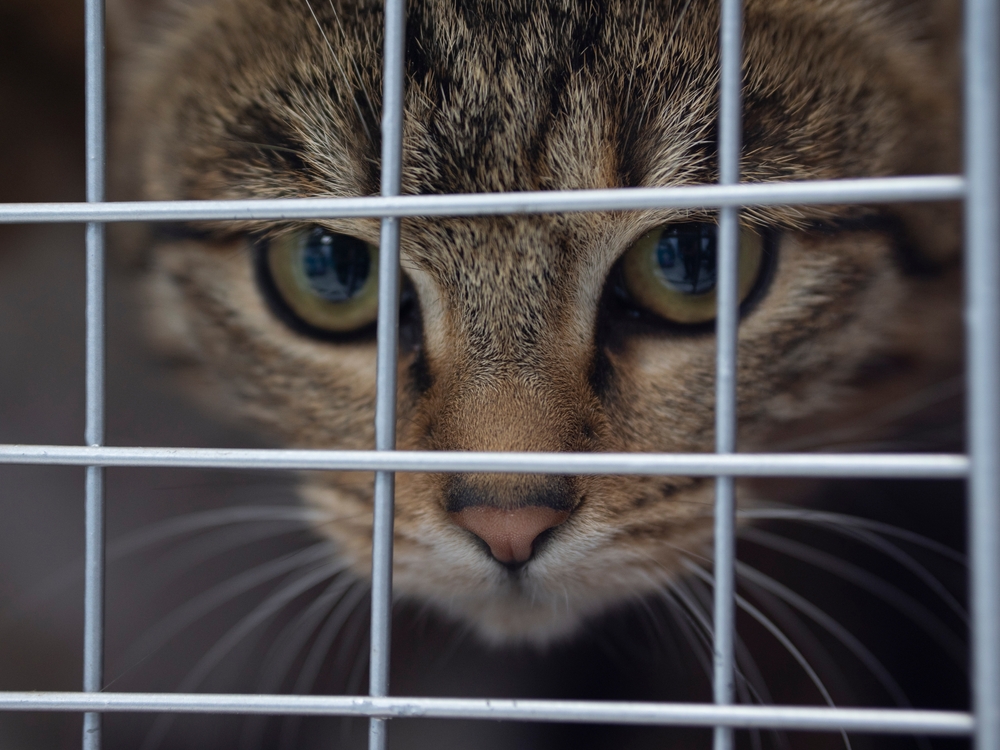
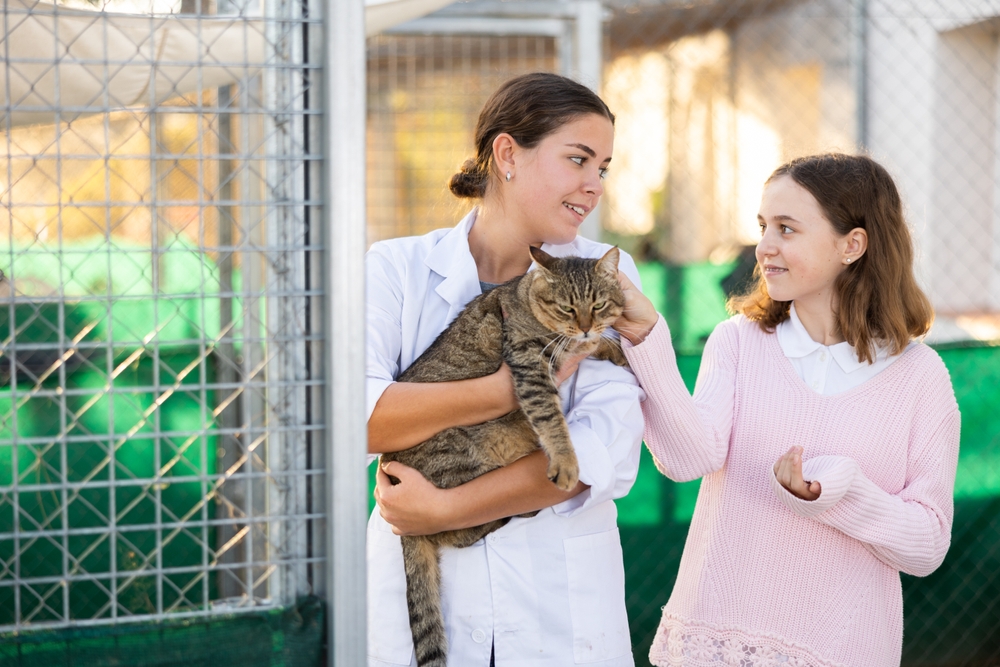
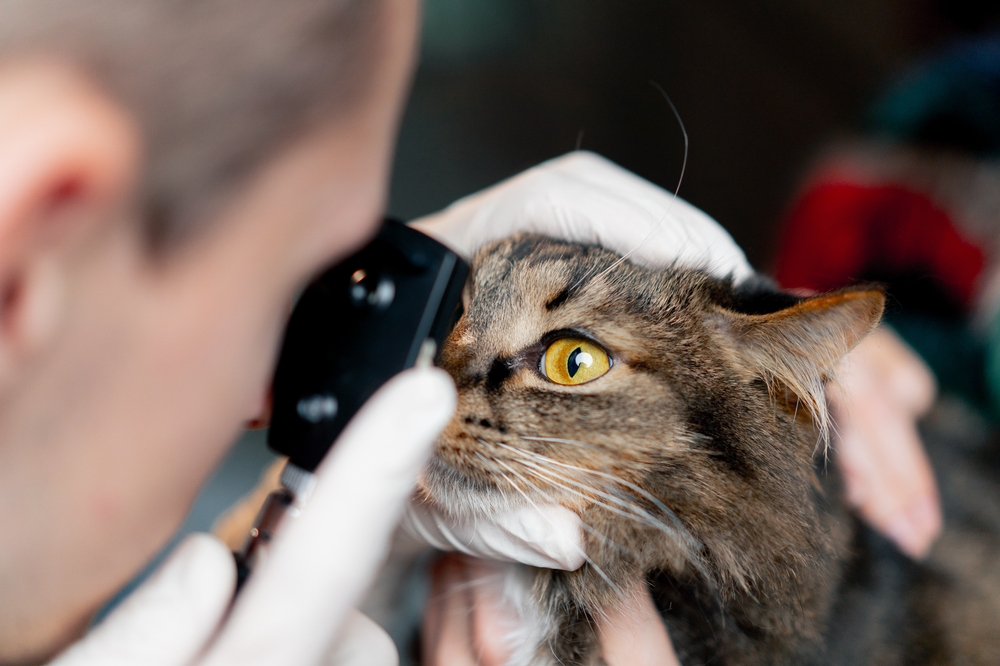
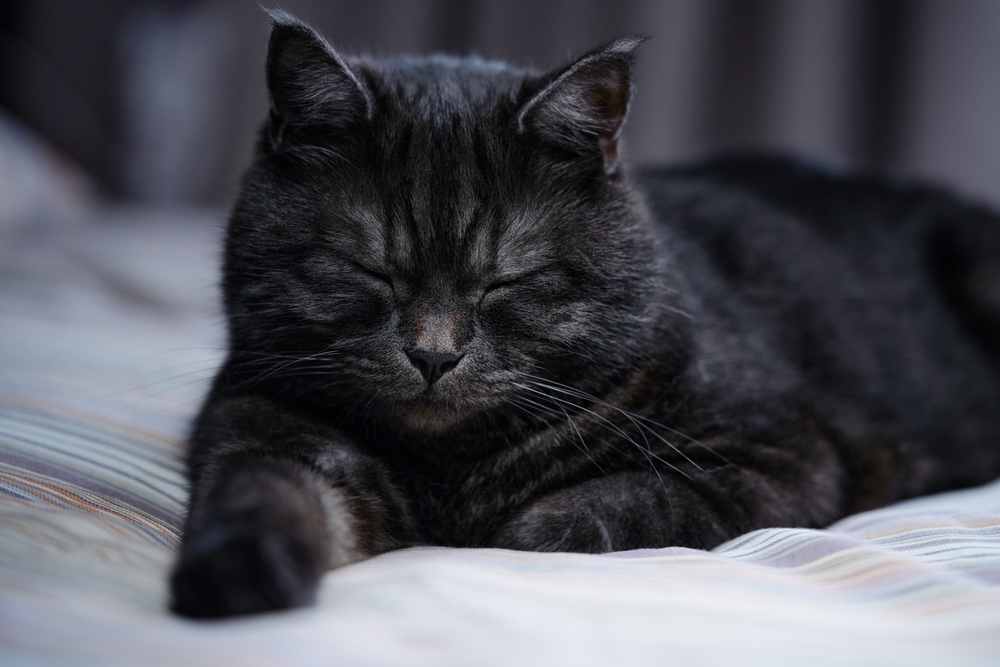
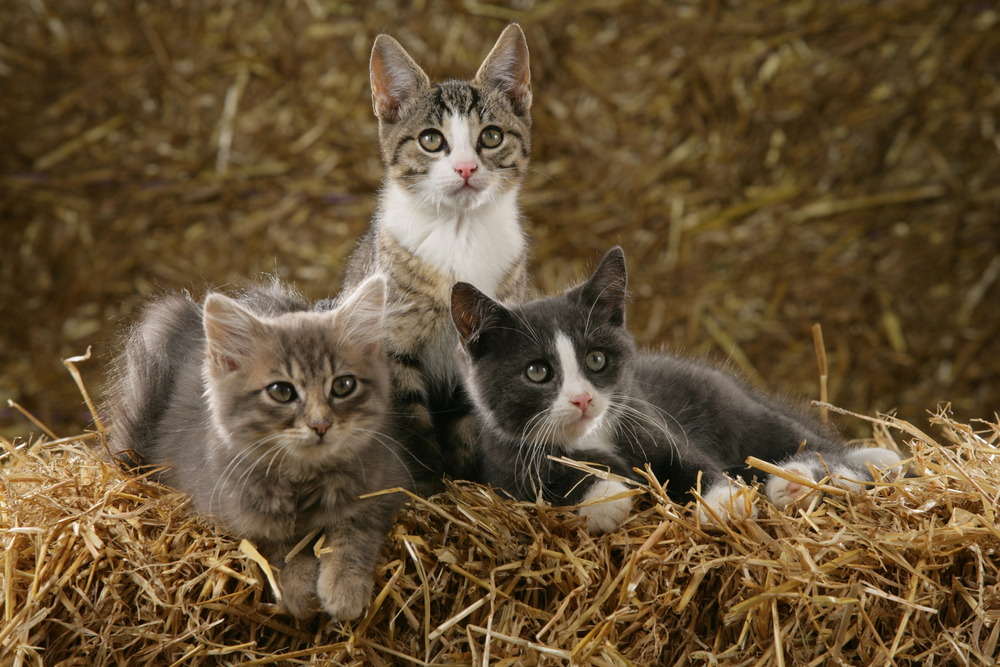
0 Comments